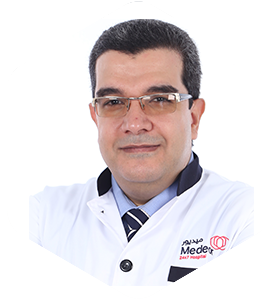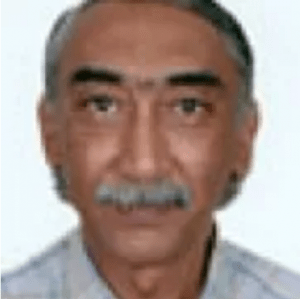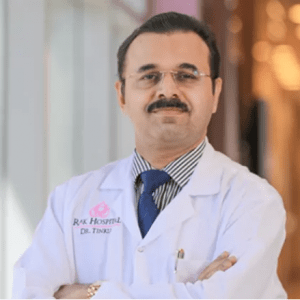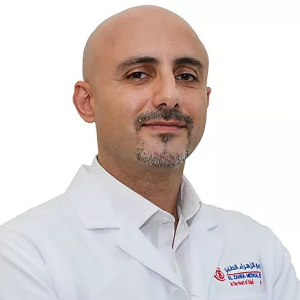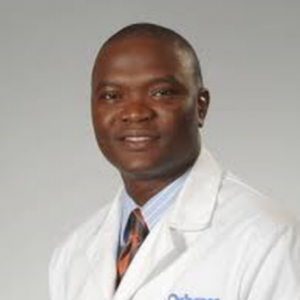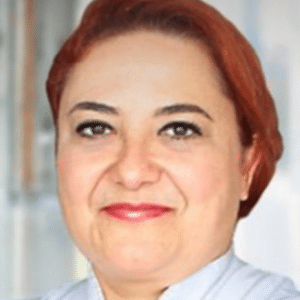Revision Spinal Surgery
Revision spinal surgery is an operation performed on a patient who has already had spine surgery of some kind. Persistent, recurrent, or even new chronic pain following surgery that remains unresolved after about three months will require revision surgery. Read More
Top Doctors For Revision Spinal Surgery Treatments
Top Hospitals For Revision Spinal Surgery Treatments
Revision Spinal Surgery
Introduction
Quite a number of outcomes are expected after spinal surgery. This could be either in the same area or a new location. These include stenosis, disc displacement, deformities, and even fusion. A new surgery may thus be required to correct these conditions. This surgery is known as revision surgery.
Revision spinal surgery is an operation performed on a patient who has already had spine surgery of some kind. Persistent, recurrent, or even new chronic pain following surgery that remains unresolved after about three months will require revision surgery.

Indications

The indications of a revision spinal surgery are:
- Pseudarthrosis: This is a deformity of the spine, and spinal fusion surgery is indicated. A bone graft is used to fuse two side-by-side vertebrae together. Failure of the bone graft to heal properly would result in persistent postoperative pain.
- Implant Migration: Loosening and slackening of implant hardware (such as screws and rods) can lead to pain due to stenosis and pressing against bone or soft tissues.
- Adjacent Segment Degeneration: Weakening of a segment on either side of a spinal fusion can occur in as much as 3% of individuals who undergo spinal surgery. This process occurs over many years and can cause problems such as degenerative disc disease or slipped vertebrae (spondylolisthesis).
- Spine Conditions: Re-herniation of a disc, infection, scar tissue build-up, and other spinal conditions can be an indication for revision surgery.
- Crankshaft Phenomenon: This occurs when the posterior part of the spine is fused, but the anterior portion continues to grow. This results in a pivoting of the spine in its axis.
- Other indications of revision surgery include new or worsening nerve problems, bladder or bowel dysfunction, cauda equina syndrome, surgery at the wrong site, and broken surgery instrumentation.
Revision of Spinal Surgery Diagnosis
For the proper diagnosis of a revision spinal surgery, radiographic imaging and other procedures are employed. These procedures are:
- X-rays: This is toensure that the bones are aligned properly and all hardware is in place.
- Computed tomography (CT) scans: A series of x-ray images are taken from different angles to obtain a more detailed look at cross-sectional images of the bones and other soft tissues.
- Magnetic resonance imaging (MRI)scans: This helps find any nerve compression or issues with discs. The best imaging method for identifying problems after the initial operation is frequently an MRI.
- Electromyography (EMG): This is a diagnostic test that examines the condition of adjacent muscles and the nerve cells that govern them. Any nerve dysfunction that results from spinal problems can be discovered by EMG examinations.
Following the successful diagnosis of a spinal surgery failure, nonsurgical management protocols like pain management through the use of medications, physical therapy, occupational therapy, and cognitive-behavioral therapy (CBT) may be instituted.
Types of Revision Spinal Surgery
Depending on the type of defect observed, different procedures can be carried out to correct the abnormality. They include the following:
Revision Discectomy
This procedure involves the removal of pieces of a herniated disc to relieve compression on a nerve or spinal cord. A microdiscectomy can be done for small herniations, and it is minimally invasive. However, studies have shown that a second lumbar discectomy has more disappointing results than the original surgery, and thus, conservative management is preferred.
Revision Fusion
A herniated disc can often be beyond repair from a revision discectomy and unable to be remedied due to degeneration or stenosis. This may result in the need for a complete fusion of the affected area. Patients with pseudarthrosis (a lack of proper fusion) post-operatively are still eligible for an additional fusion revision. Fusion depends on the bones’ innate ability to repair and fuse together. However, a variety of causes including smoking, diabetes, obesity, age, nutrition, and hardware may fail to fuse on their own.
Epiduroscopy
The accumulation of scar tissue will be removed during this procedure. This may be due to chronic post-surgical pain caused by the build-up. Excessive scar tissue build-up can lead to nerve compression despite scar tissue being a necessary and inevitable reaction to surgery. Epiduroscopy allows the surgeon to see directly into the irritated area, remove adhesions and fibrosis and administer local steroids to decrease inflammation and detach the nerve from the scar tissue.
Foraminoplasty
Foraminoplasty is becoming a preferred procedure since it involves a small incision and tiny surgical tools to access a specific portion of the spine with minimal impact on surrounding muscles and tissues. It is suitable for most conditions and patients’ ages and has a 90% success rate.
Spinal Hardware Removal and Revision
Sensitivity to spinal hardware or damage of the hardware may warrant a removal or revision surgery to correct.
Surgical Approach to Spinal Revision Surgery
Anterior (from the back), posterior (from the front), or both approaches are possible during lumbar spine revision surgery. This is dependent on the pathology, the nature of the revision surgery, and surgeon preference. The majority of lumbar spine revision operations, however, are carried out from the back. Recent advances in instrumentation encourage a posterior approach to surgical revision.
The indications for a posterior approach include surgery for pseudarthrosis, recurrent disk herniation, spondylolisthesis, lumbar flat back syndrome, failed lumbar disk arthroplasty, and infection following previous lumbar spine surgery that was done through a posterior approach. To prevent dissection through scarred dura, some surgeons may decide to use a front and back technique on patients who have undergone laminectomy but have no substantial neurological compression.
When patients with prior posterolateral fusions experience persistent back pain and have good discography results in motion segment(s) within the fusion, some surgeons may choose to perform an anterior interbody fusion. This is because studies have shown a higher percentage of resolution of the pain when revision is done via this approach.
Complications
The complications associated with a revision spinal surgery include post-surgical infection, delayed wound healing, excessive scar tissue formation, bone deformities, nerve damage, etc. The risks associated with the surgery are higher than with the original surgery since they are more complex, and several limitations exist during the process.
Therefore, it is necessary to discuss the possible options for conservative management before a revision of spinal surgery. This would aid in reducing the incidences of post-surgical complications.

